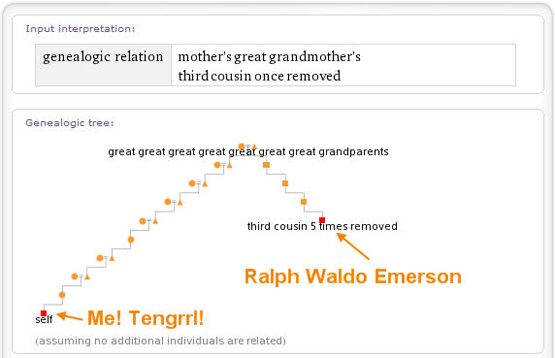Resources that Rocked the Classroom This Year: May 15 to 21 on ReadWriteThink
May 23, 2011
 Now that classes are nearly over, it’s that time when I begin reflecting on the year and deciding which activities I want to be sure to try again next year. I try to think of the resources that surprised me or particularly engaged students.
Now that classes are nearly over, it’s that time when I begin reflecting on the year and deciding which activities I want to be sure to try again next year. I try to think of the resources that surprised me or particularly engaged students.
One of my favorites is Cooking Up Descriptive Language: Designing Restaurant Menus. It gave students a chance to compose menus that reflected their family and cultural backgrounds, and they were able to learn more about text design and layout. I’ll definitely try it again, and I’m considering other possibilities for the activity, like using it as a book report alternative by asking students to create a menu for a restaurant that characters in a novel visit (or might visit). It was definitely a keeper!
For more great classroom activities, check out the calendar entries, lesson plans, and classroom activities below for this week. Have a great week!
New Resources
- Share the stories of war, sacrifice and honor of these heroic women and men with your students with this special collection of lessons, interactives and resources on Honoring Our Military.
- Help students understand the science of spring with lessons and activities from Thinkfinity.org, including The Science of Spring from Science NetLinks.
- Explore the universe with your students. Launch rockets, explore planets and test gravity with lessons and interactive tools.
- Make the most of summer. Use the Verizon Thinkfinity resources to kick off a summer of learning for students.
From the Calendar
- May 22: Mister Rogers’ Neighborhood premiered in 1967. After thinking about TV shows, books, and movies from their childhood, students write about what they remember and revisit how they feel about it at an older age. (For grades 7–12)
- May 23: Author Scott O’Dell was born on this day. Students select a set of books to read and compare fiction and nonfiction books and discuss their findings as a class. Students can follow up by writing short stories about the topics they explored.(For grades 5–12)
- May 24: The Brooklyn Bridge opened on this day in 1883. Students explore the literary concept of point of view by examining a pair of picture books that highlight the controversies surrounding the Brooklyn Bridge. (For grades 5–12)
- May 25: Ralph Waldo Emerson was born in 1803. Students visit a quotation attributed to Emerson and identify the definition of success. Students then use the Postcard Creator to write a note to a person that they feel is successful. (For grades 7–12)
- May 26: Sally Ride, first American woman in space, was born in 1951. After exploring information about Sally Ride on the StarKids Who’s Who site, students write a letter using the Letter Generator to Dr. Ride. (For grades 3–8)
- May 27: On this day in 1907, Rachel Carson was born. Students learn about Rachel Carson, explore different environmental websites, and write a Diamante Poem about a particular habitat. (For grades 3–12)
- Look ahead to next week for lesson plans and activities on Memorial Day, the National Spelling Bee, the debut of CNN, Jesse James, and Walt Whitman.
Connecting with Other Teachers
- Join the Parents & Families group in the Thinkfinity Community to connect with other parents, ask questions from our guest teachers, and learn more about Wonderopolis® and the other resources that will have your kids enjoying science, math, reading and more.
- As a teacher, how do you inspire students to learn more during the summer? Share your ideas on the Thinkfinity Community.
- Follow, friend, and connect with all the Thinkfinity partners with this collection of links to where to find us online.
- The end of the school year is fast approaching. What do you do in the classroom to help students mark their accomplishments—and keep them focused on the work that remains?
- What resource rocked your classroom this year? Share a resource that most surprised you and sample a few that other teachers have shared.
If you have feedback or questions about ReadWriteThink, all you have to do is contact us.
